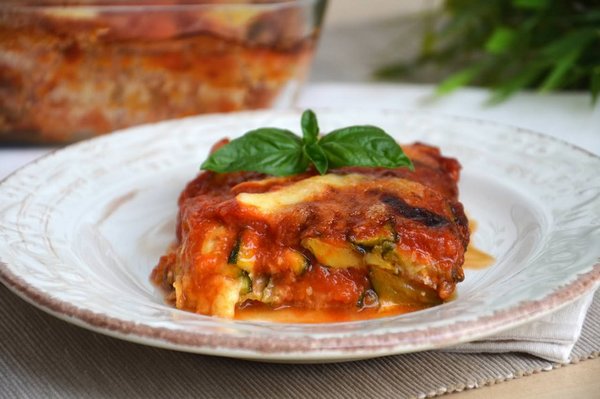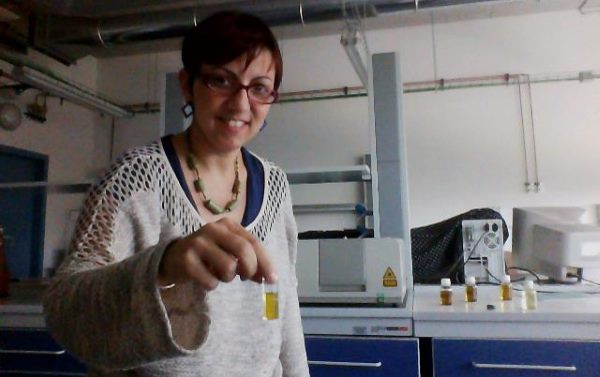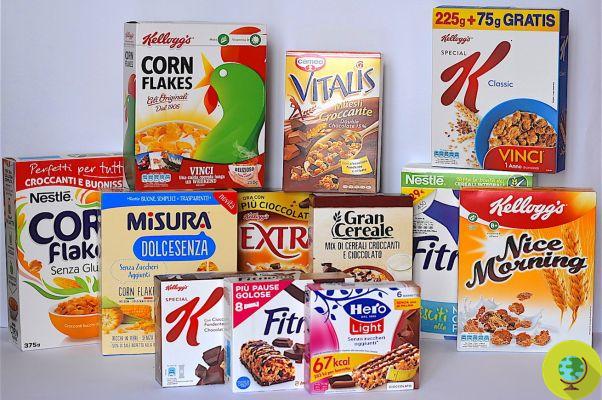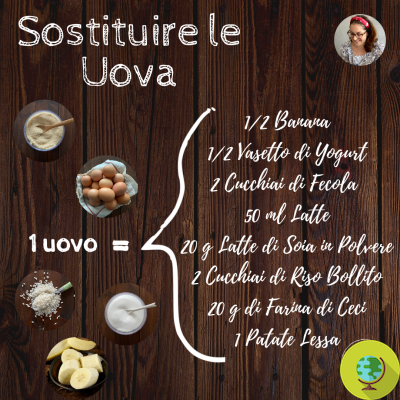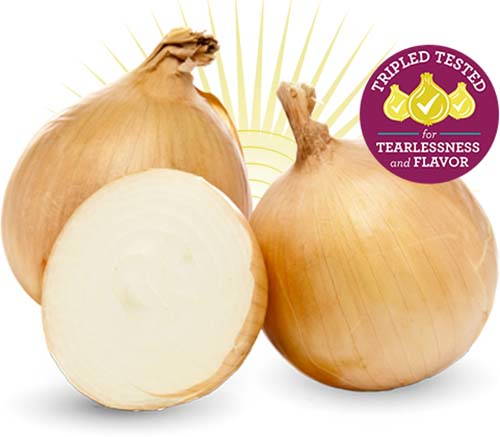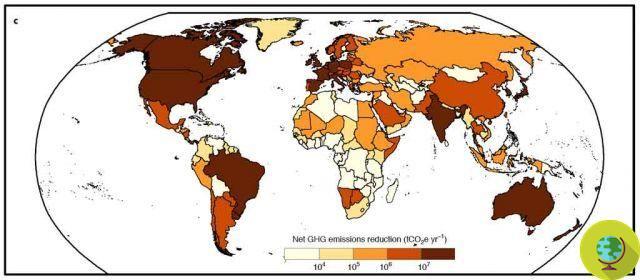
Is a new package enough to be green? We ask ourselves this after the announcement that the Mottarello, Maxibon and Coppa del Nonno ice creams, all produced by the Swiss multinational Nestlè, are changing their “look” this year, relying on a new lighter and more sustainable packaging.
Don't store avocado like this: it's dangerous
Is a new package enough to be green? We wonder after the communication that the ice creams Mottarello, Maxibon e Grandfather Cup, all produced by the Swiss multinational Nestle, this year they change their “look”, relying on a new one the packaging lighter and more sustainable.
In particular, «the weight of the Mottarello and Maxibon multipacks was reduced by 7% compared to 2009 with saving about 20 tons of cardboard, while the new multipack of the Coppa del Nonno will make it possible to avoid theemission of 70 tons of CO2, thanks to the reduction of its dimensions and the consequent optimization of space during transport », says Nestlè.
These innovations (skepticism is a must in these cases) seem to have made it possible to avoid the emission of 123 tons of CO2, a quantity that is absorbed in a year by a forest area equal to 38 hectares, or equivalent to 53 football fields.
But we can really talk about green revolution if we are referring to the largest food multinational in the world, unfortunately often associated with scandals and exploitation? Or is it not rather one of the increasingly frequent episodes of greenwashing aziendale?
It is now well established that more and more consumers have an eye on the environmental and social sustainability of what they buy, directing their buying behavior towards critical and reasoned choices. And the marketing and advertising experts certainly did not let this “consumer revolution” escape, directing their communication campaigns towards the greener themes.
Any kind of innovation that brings one is therefore welcome reduction of waste andpollution, but let's never forget not to believe with closed eyes in the data that are provided to us, to always check the information and not to be dazzled by eye-catching and misleading advertisements.
In this case, for example, we are still talking about the company involved in the milk powder scandal of 2005, or in that of Chinese milk contaminated with melamine a few years later. And we are always talking about a multinational that makes wild profit its main objective, orienting the market to the detriment of small producers and the poorest populations in the world.
Our hope is, of course, that these corporate restyling operations are truly dictated by one green consciousness. Instead, the invitation is to keep your eyes open to unmask those that are only facade!
Eleonora Cresci







